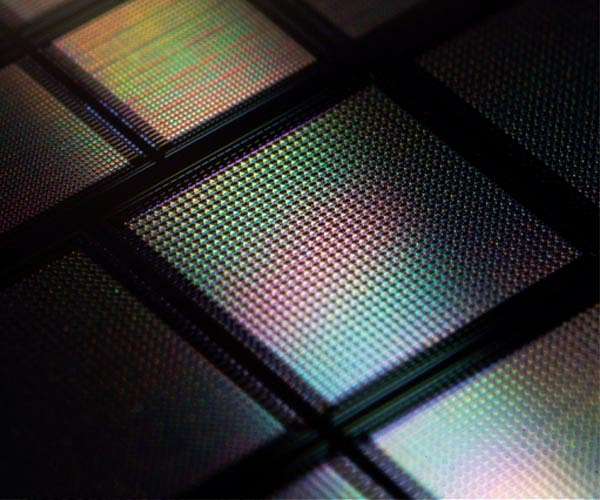The future of AI with solar-powered synaptic devices
Artificial intelligence (AI) is increasingly being relied upon to predict critical events such as heart attacks, natural disasters and infrastructure failures. These applications require technologies that can process data quickly. One such promising approach is reservoir computing, specifically Physical Reservoir Computing (PRC), known for its efficiency in processing time series data with minimal energy consumption. Optoelectronic artificial synapses in the People’s Republic of China, which mimic human neural synaptic structures, are poised to enable advanced real-time data processing and recognition, similar to the human visual system.
However, existing self-powered optoelectronic synaptic devices have difficulty processing time series data over different time scales, which is essential for applications in environmental monitoring, infrastructure maintenance, and healthcare.
To address this challenge, researchers from Tokyo University of Science (TUS), led by Associate Professor Takashi Ikuno and including Hiroaki Komatsu and Norika Hosoda, have developed an innovative dye-sensitized solar cell-based optoelectronic photopolymer human synapse developed. This groundbreaking device, with an adjustable time constant based on the intensity of the input light, represents a major advance in this field. The study, published on October 28, 2024 in ‘ACS Applied Materials and Interfaces’, highlights the potential of this technology.
Dr. Ikuno explained: “To process optical time series data with different time scales, it is essential to fabricate devices according to the desired time scale. Inspired by the afterimage phenomenon of the eye, we came up with a novel optoelectronic human synaptic device that can serve as a computational framework for energy-saving edge AI optical sensors.”
The new device integrates squarylium derivative-based dyes, with optical input, AI calculations, analog output and material-level power supply. It demonstrates synaptic plasticity and exhibits features such as paired pulse facilitation and depression in response to light intensity. The device achieves high computational performance on time series data processing tasks, while keeping power consumption low regardless of the input light pulse width.
Remarkably, the device achieved over 90% accuracy in classifying human movements, including bending, jumping, running and walking, when used as the reservoir layer of the PRC. Power consumption is only 1% of the energy consumption of traditional systems, significantly reducing CO2 emissions. Dr. Ikuno emphasized: “We have demonstrated for the first time in the world that the developed device can operate with very low power consumption and still identify human movements with high accuracy.”
This innovation holds promise for edge AI applications including surveillance cameras, automotive sensors, and health monitoring systems. “This invention can be used as a hugely popular optical AI sensor that can be attached to any object or person,” said Dr. Ikuno. He further highlighted its potential to improve the energy efficiency of vehicles and reduce the cost of standalone smartwatches and medical devices.
The new solar cell-based device could redefine energy-efficient edge AI sensors for various applications, representing a significant leap forward in both technology and sustainability.
Research report:Self-powered dye-sensitized solar cell-based synaptic devices for multi-scale time series data processing in physical reservoir computing

